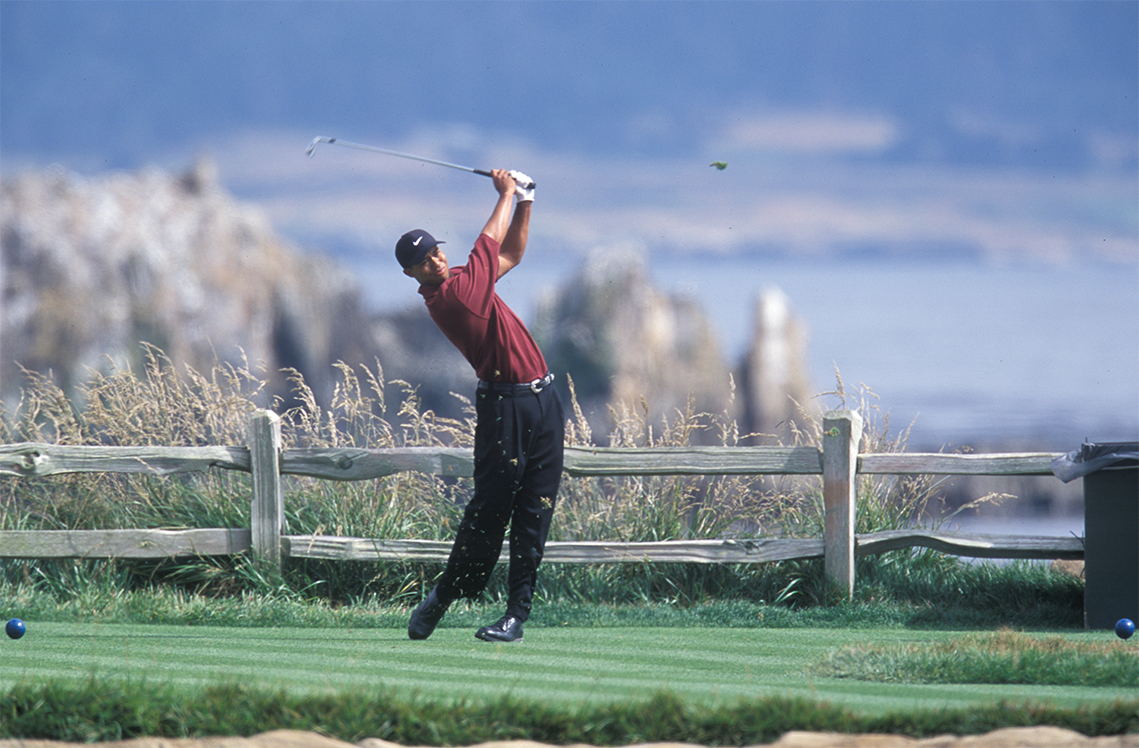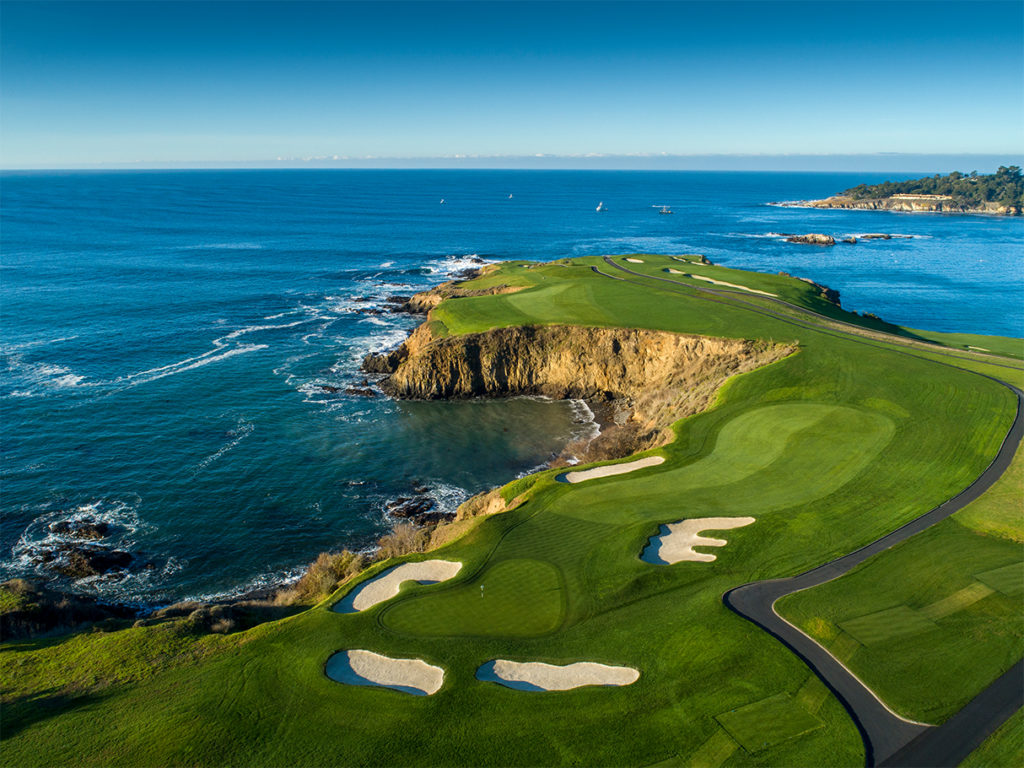
By Ed Travis – Perhaps like no other golf course, Pebble Beach Golf Links on California’s Monterey Peninsula and the U.S. Open are connected in the minds of golf fans. This year, the course’s 100th anniversary, the famed layout is the site for our national championship for the sixth time.
Whether in person or from television, Pebble Beach is familiar turf for fans as one of the courses where the AT&T Pro-Am, formerly the Bing Crosby National Pro-Amateur, has been held since 1947. But the lure of Pebble Beach goes back much further and plays a major role in the history, legend and mystique of our game.
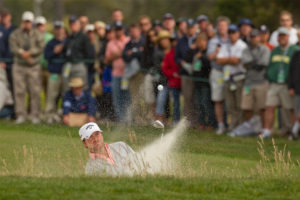
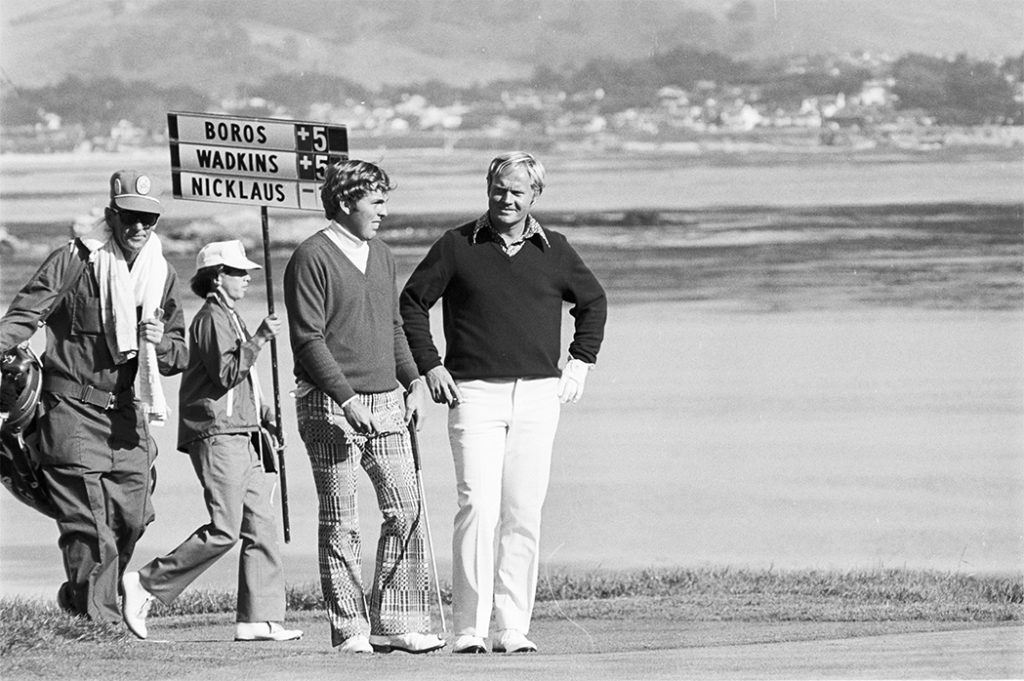
The course was originally conceived not as a “championship venue” but as an attraction for real estate development. It’s well known that Pebble Beach wasn’t the creation of a famous architect but two amateurs Jack Neville and Douglas Grant, both former California State Amateur champions. Interestingly after the course opened in 1919 Grant moved to England and eventually became Captain of the Royal St. George’s Golf Club. Over Pebble’s 100 years many architects have had a hand in refurbishing and modernizing the layout, bunkering and green complexes. The list contains several Hall of Fame names such as Arnold Palmer, Jack Nicklaus and Dr. Alister Mackenzie.
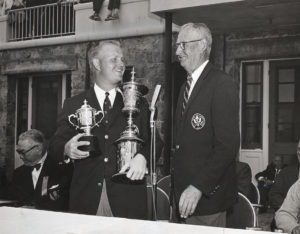
Finally, in 1999 with the goal of again restoring this “must-play” icon to American ownership a consortium purchased the Pebble Beach Co. from a Japanese corporation. The group’s principals included Arnold Palmer, actor/director Clint Eastwood, former President & CEO of United Airlines Richard Ferris and former MLB Commissioner Peter Ueberroth.
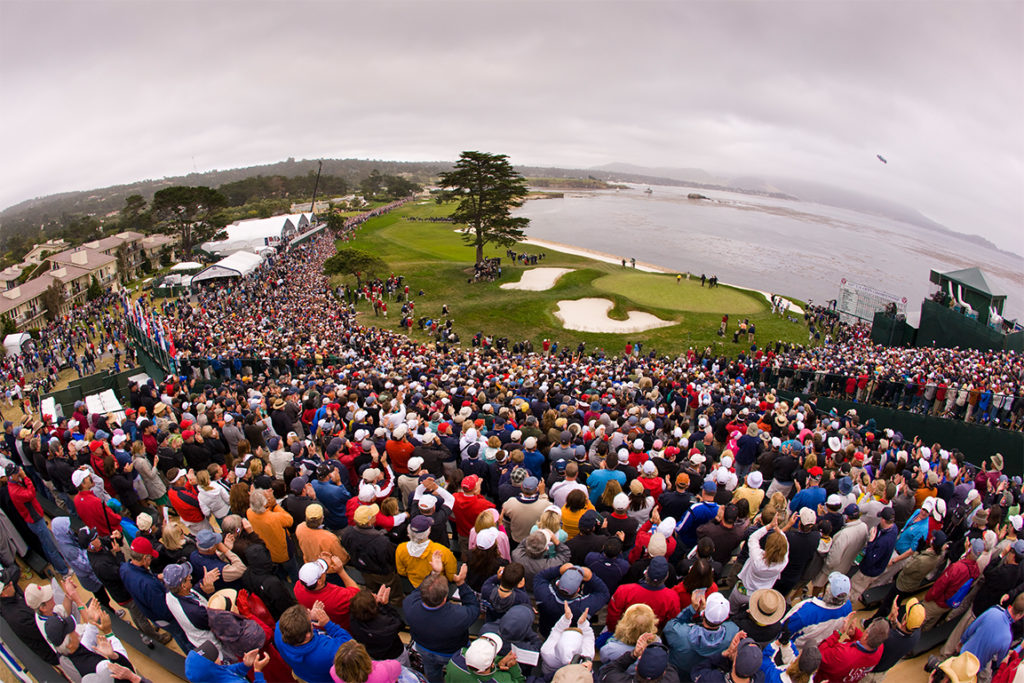
Though the U.S. Open returns this year and a seventh is scheduled in 2027 the U.S. Amateur also has a significant place in Pebble’s history. Last year’s championship was the fifth going back to 1929. In that first Amateur Bobby Jones, only a year away from his grand slam season of 1930, played after winning the U.S. Open. He tied for low score in the qualifying rounds only to be defeated in the first round of match play. Jones’ stay at Pebble Beach was not a total loss though since he met English golf course architect Dr. Alister MacKenzie who had designed the nearby Cypress Point Club and Pasatiempo Golf Club courses. Jones found in MacKenzie someone with similar course design ideas and four years later hired the Englishman to help him create the Augusta National Golf Club course.
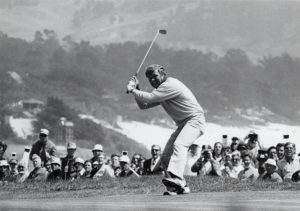
Nicklaus chose a one-iron intending to hit a “screamer” right at the flag but taking the club back he felt it was going too much to the inside with the face closing slightly. This usually sends the ball rocketing to the left, but his control was so good that week by delaying the swing’s release he sent the ball dead on line over the bunker, hit the flagstick coming to rest just two inches away and thereby clinching his title.
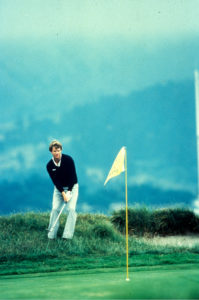
He did of course, which gave him a one-stroke lead over Nicklaus who had already completed the round. Fans cheered as Watson famously ran on to the green in celebration. What is often overlooked is Watson also made birdie on the par-5 18th to better Nicklaus by two.
For the 100th U.S. Open in 2000, Pebble Beach again was the host and again it was the scene of high drama as Tiger Woods claimed his third major championship. Describing Woods victory, one almost runs out of superlatives but you can start with his margin over Ernie Els and Miguel Ángel Jiménez…15 strokes. Amazing only begins the list of what has been said, however, it can be added that he was the only competitor under par for the week and his score of -12 tied the lowest ever for the U.S. Open – not to mention the margin being the largest in major championship history.
Often attributed to Els, perhaps the best line is: “Miguel and I won, but Tiger was playing in his own one-man tournament.”
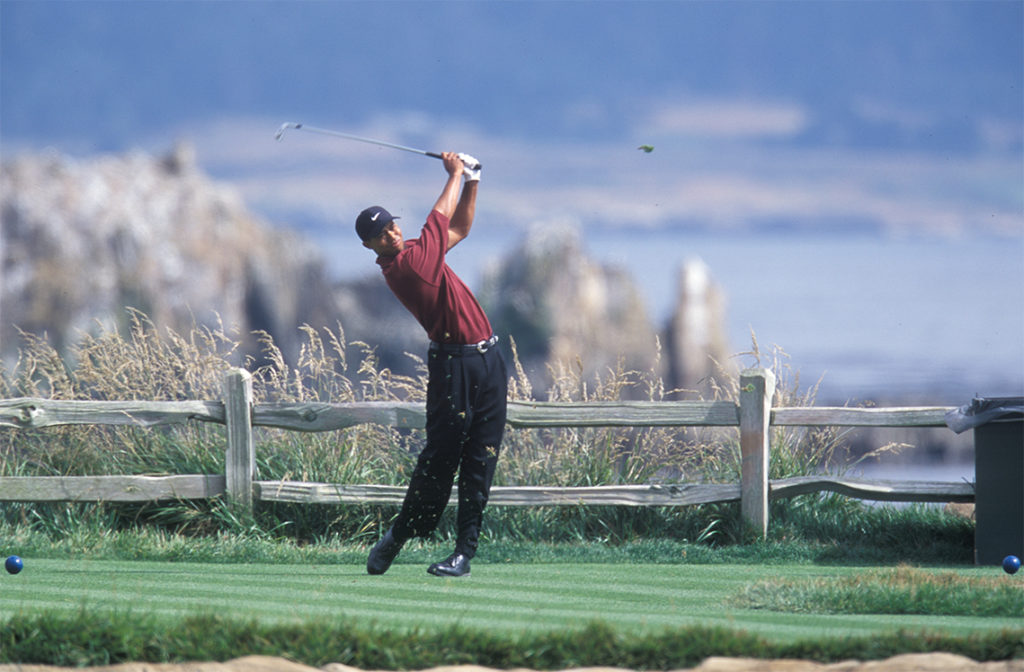
Pebble Beach and the 2019 U.S. Open
Prior to the 119th playing of the U.S. Open in June three questions are foremost in the minds of fans. Firstly, can Brooks Koepka pull off something no one has ever done, a “three-peat” after his wins in 2017 and 2018? Or will someone else, perhaps a relative unknown, conquer the unpredictable Monterey Peninsula winds? A lot of the early speculation centers on a former champions Dustin Johnson (2016), Justin Rose (2013) or Jordan Spieth (2015) taking home the victor’s share of the $12 million purse. It’s a good bet Justin Thomas and Rory McIlroy will be part of the story on Sunday and some, perhaps a bit wistfully, are even rooting for Phil Mickelson at age 48 to finally complete the career grand slam.
Then of course is the question of how Tiger Woods will do after the Masters last April, his 15th major. Can he produce another week where everything clicks as he chases history and Jack Nicklaus record of 18 majors?
From the standpoint of the course, some ask will Pebble Beach be able to resist the assault by the best players in the world? It will play short, just over 7,000 yards with a par of 71 but here are the winning scores, yardage and par for the five previous U.S. Opens (note for the 2000 U.S. Open the second hole was changed from a par-5 to par-4):
1972 – 6,812 yards, par 72 – Jack Nicklaus (+2)
1982 – 6,815 yards, par 72 – Tom Watson (-6)
1992 – 6,809 yards, par 72 – Tom Kite (-3)
2000 – 6,846 yards, par 71 – Tiger Woods (-12)
2010 – 7,040 yards, par 71 – Graeme McDowell (E)
Pebble has by far the smallest greens played on the PGA Tour (a mere 3,500 square feet average) with often-severe slopes both side-to-side and back to front. There are more than 100 bunkers with many a front putting surfaces. As if that were not enough, players must contend with the always capricious winds. The conclusion is obvious. Pebble Beach Golf Links does challenge, and perhaps even intimidates, world-class players and has for almost half a century.

